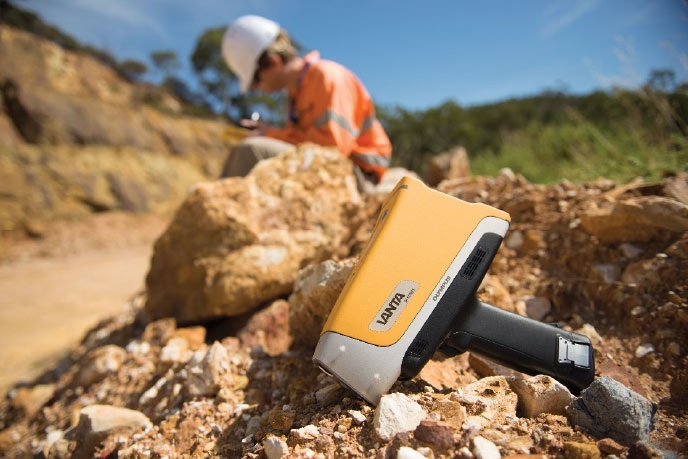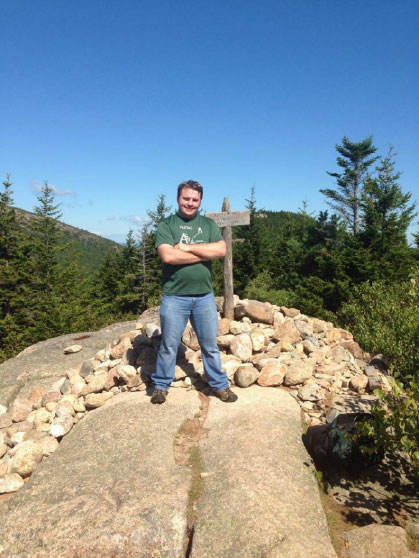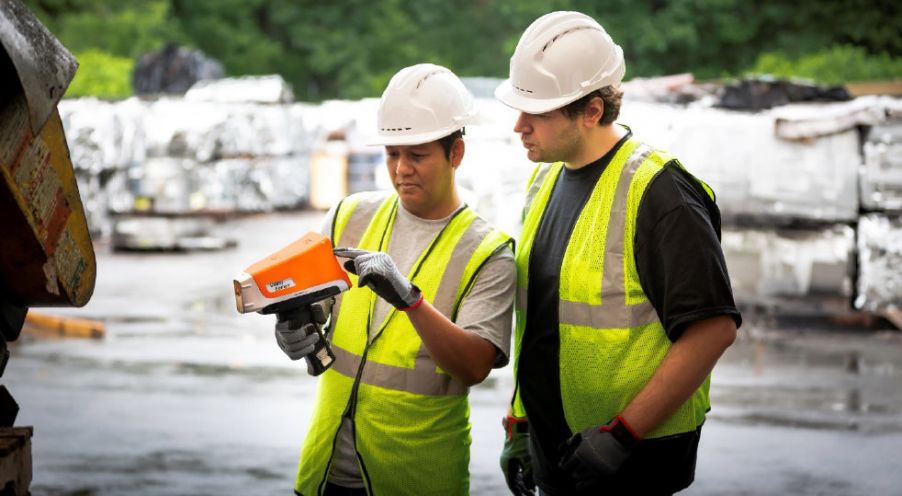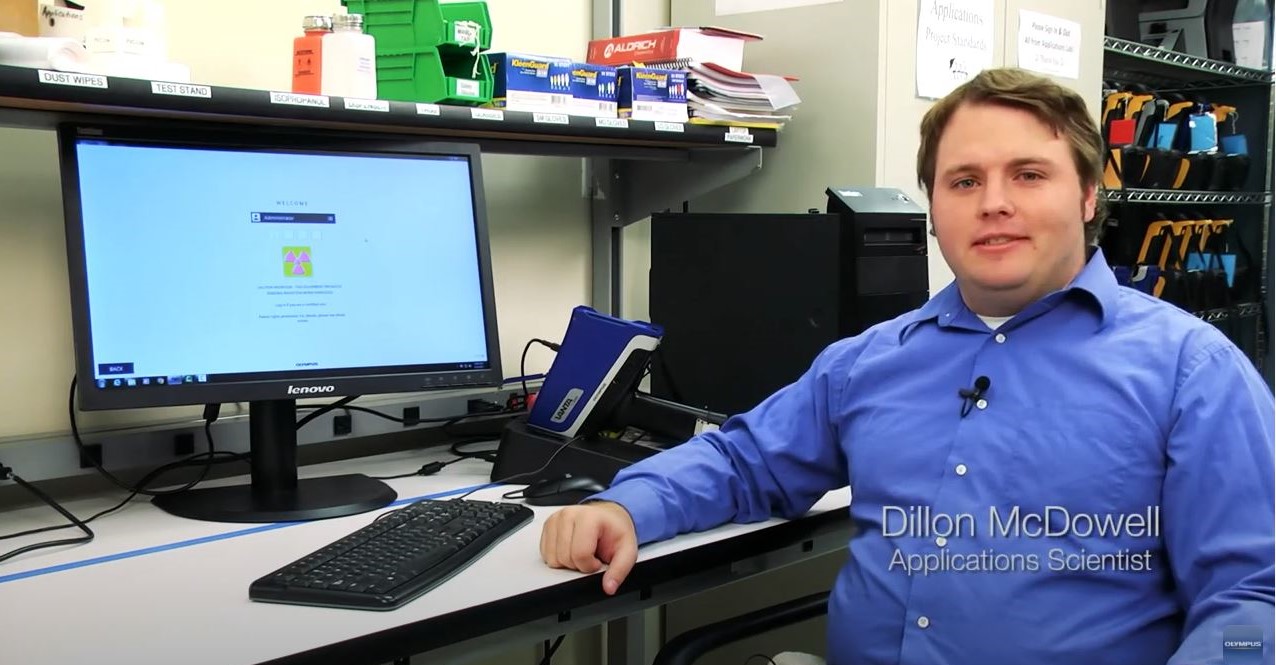The Application Engineering team at Olympus works on developing and troubleshooting unique and interesting applications of our products. In this and upcoming posts in this series, we’ll introduce you to members of that team—starting with Dillon McDowell. Dillon is an application scientist, specializing in X-ray fluorescence (XRF) analysis, a nondestructive technique for measuring elemental composition.
Q: What is the role of an application scientist at Olympus?
Dillon: As an application scientist, my role can vary from day to day. One day, I’m troubleshooting for a customer’s novel application, the next I am performing tests for a new instrument feature, and then the day after that I might be helping out our production team with releasing new updates to our calibration processes. Every day brings new challenges, so it’s rarely dull!
Watch this video where Dillon explains how to create a new user profile on the Vanta™ XRF analyzer
Q: What is your background and how did you end up working with XRF?
Dillon: I have a Bachelor of Science in physics and MS in mechanical engineering from Northeastern University. Before joining Olympus, I was a Research Assistant at Nanomagnetism Research Group, where I did research on various kinds of nanomaterials, such as gallium nitride nanowires, to study their magnetic and optical properties. Much of my work was focused on the characterization of these materials, so I used several types of spectroscopy techniques, including XRF and X-ray diffraction (XRD).
While studying physics at Northeastern, I had the good fortune to take part in their co-op program, which gave me some real-world experience working for different private companies and research groups. I found the tasks where I got to use advanced technology for material measurement and characterization to be the most fascinating, which led me to pursue a career in the field.
Q: What types of projects do you work on at Olympus?
Dillon: I’ve helped several customers incorporate XRF into their processes, usually through the development of custom calibrations catered to their specific needs and materials. I also work on Olympus internal projects to improve our existing modes and methods, such as improvements to our factory calibrations.

Q: What is a little-known fact about XRF technology that you think is interesting?
Dillon: The detectors used in XRF devices must be cooled to subzero temperatures, even in our handheld systems! Older laboratory-based systems would use large liquid nitrogen systems to accomplish this, but our handheld devices can accomplish the same task with a low-power, built-in thermoelectric cooler. It can keep the detector at subzero temperatures even in harsh outdoor environments with no liquid coolant!

Q: Do you have a favorite niche application?
Dillon: This may be the physics nerd in me talking, but there was one application where the end user wanted to monitor metal deposits in thermal shielding tiles that were being used to line an experimental fusion reactor. While in operation, various metals can get deposited into the tiles, which can adversely affect the magnetic fields used to contain the high-temperature plasmas in the reactor. Therefore, they wanted to use portable XRF to periodically monitor the tiles to see when the metal content gets high enough that they would want to be replaced. It was a very cool project to work on!
Q: What is your favorite aspect of your job?
Dillon: I get to learn so much about a lot of different industries. To best adapt XRF to our customers’ needs, I get to research and learn facts about industries I never knew about before and learn about the challenges each of them face. It gives a lot of perspective into how various manufacturers work and makes me appreciate the work that goes into various manufactured goods that we might normally take for granted.

How do you spend your time when you aren’t working?
Dillon: I spent a lot of time outdoors growing up, so I do lots of traveling, camping, and hiking when I can. I also love to play games of all kinds—board games, card games, video games—and thankfully my family and friends love to take part in them too! My fiancée and I also love to cook and bake. (Though she is absolutely the better baker!)
Q: Do you have any tips for XRF users?
Dillon: The best advice I can give to any user is have a test plan—know what your goals are and set up your instrument and testing practices to best accomplish those goals. While XRF has never been easier to use, it’s still possible to get tripped up by not using the right test setup before you pull the trigger. Remember, the quality of your results is directly proportional to the quality of your testing practices.
Related Content
Consumer Product Testing Using Vanta Handheld XRF
Proceed with Caution: What’s in Your Protein Powder?
Handheld XRF Measures Radioactive Contamination at Chernobyl for Research and Cleanup



.jpg?rev=395E)